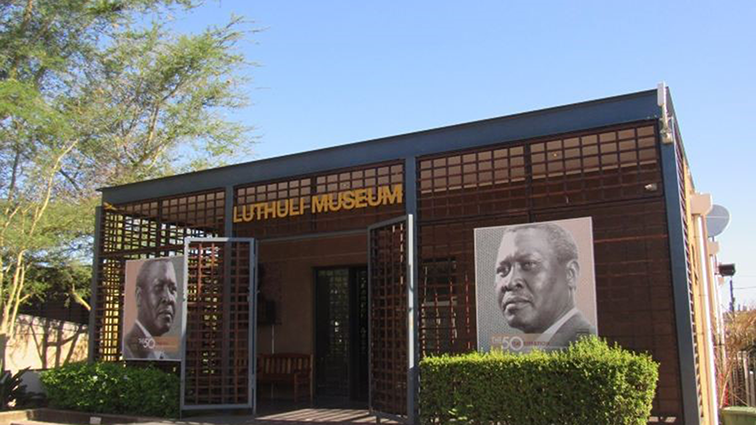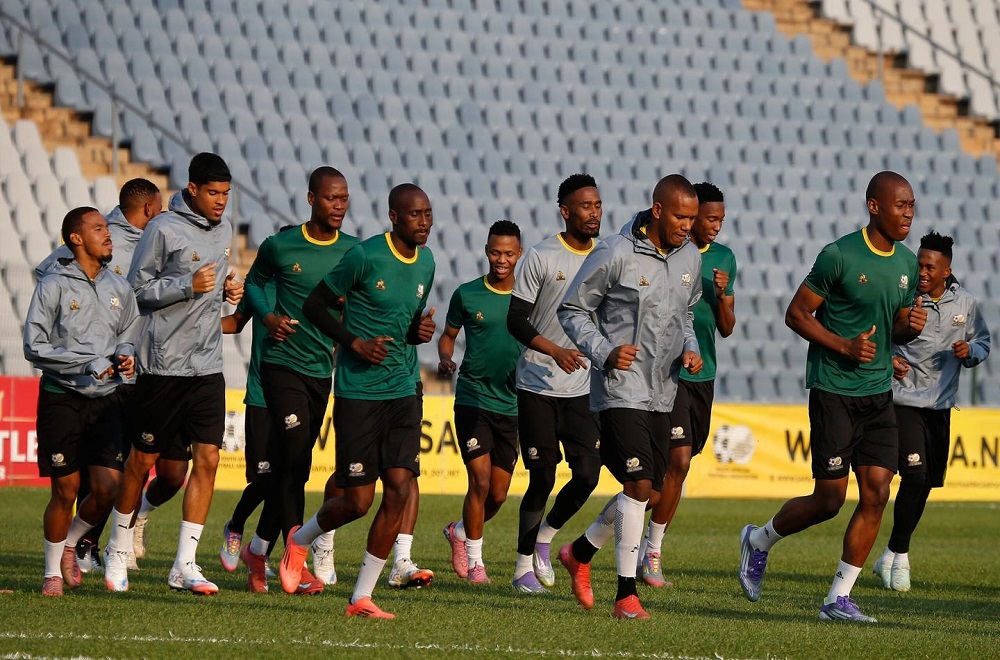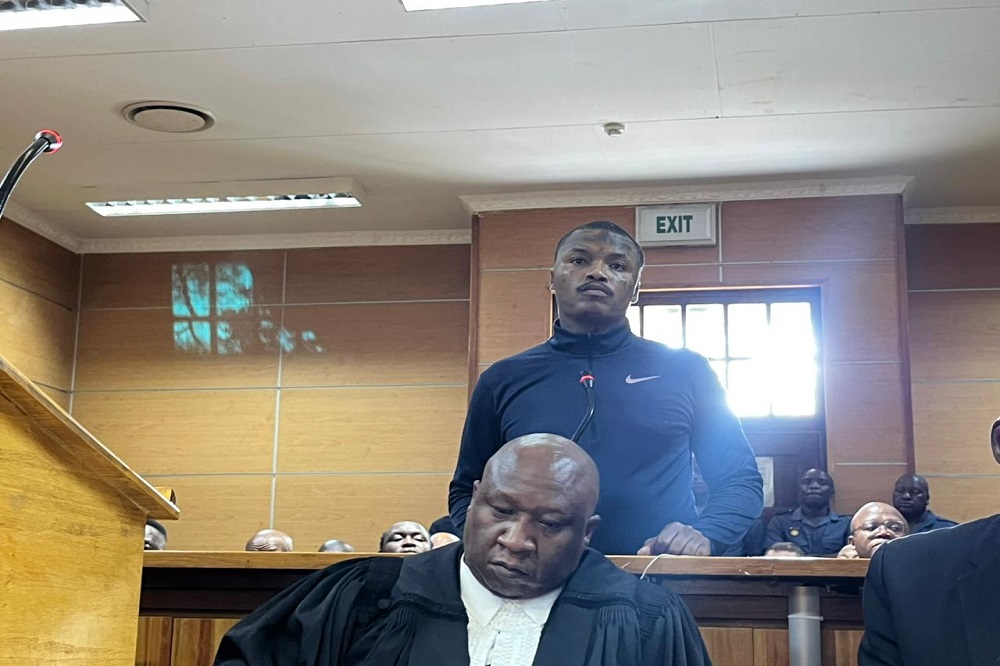-
Luthuli Museum in Stanger, KwaZulu-Natal.
An expert on steam trains has highlighted several inconsistencies in the Pietermaritzburg High Court in the version of events surrounding the death of ANC leader, inkosi Albert Luthuli, as was presented in the first inquest in 1967.
Les Labuschagne poked holes in the statements of three key witnesses in the original inquest: the train driver, Stephanus Albertus Lategan, fireman, Daniel Lessing Greyling, and the conductor, Pieter Francois Van Wyk.
The first inquest found that Luthuli was accidentally hit by a train.
Labuschagne helped to reconstruct the crash.
“For the impact at 40 km/h, you wouldn’t see a person lying there. You would see pieces of a body, lying on a walkway various distances,” he says.
In a reconstruction of the event based on evidence from the original inquest, the speed of the locomotive was calculated to be 40 kilometres per hour.
Labuschagne came to the conclusion that Luthuli was never hit by a train. He testified he believes Luthuli was already lying by the railway track when the train approached.
According to evidence in the first inquest, Luthuli was walking along the railway line towards the moving locomotive when he was hit.
Evidence leaders asked Labuschagne to comment on the sworn statement by the fireman, or stoker, Stephanus Albertus Lategan.
Labuschagne: Then he says here that the driver said he suspected that they have hit somebody with the train. My Lady, in all my years of driving steam locomotives, when a train collides with a person the driver knows immediately. He doesn’t suspect … there’s no such thing. The other thing that’s very wrong here, My Lady, is he says both he and the driver got off the footplate and walked back to where the body was lying. On a steam locomotive you’re not allowed to leave the footplate. That’s where we stand and work. You’re not allowed to leave that unattended, My Lady.
Labuschagne has told the court what he believes would have happened if Luthuli was struck by the locomotive at 40 kilometres per hour.
“You would be able to identify clothing. But it would certainly not be a pedestrian, Chief Albert Luthuli, a complete body lying there. In my opinion, My Lady, in my years of experience, that is impossible! The reason why I say that, My Lady, is that the impact of the train hitting the person would have knocked Chief Albert Luthuli that short gap of two foot against the side of the balustrade of the bridge, and the body would have been thrown immediately back into the train,” he adds.
In Labuschagne’s opinion, what happened at the scene after the crash according to conductor Pieter Francois Van Wyk, would have been contrary to the South African Railways’ procedures.
“The train is not allowed to depart, because the train had knocked Chief Albert Luthuli over, a pedestrian. The train must remain there until all the senior personnel had arrived on site, all the necessary reports are taken, and measurements are taken. And the driver must be replaced with a new driver. So, the train departing with the same driver and fireman after knocking Luthuli over, doesn’t make any sense,” says Labuschagne.
Labuschagne will continue with his testimony on Thursday.











